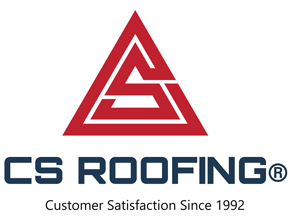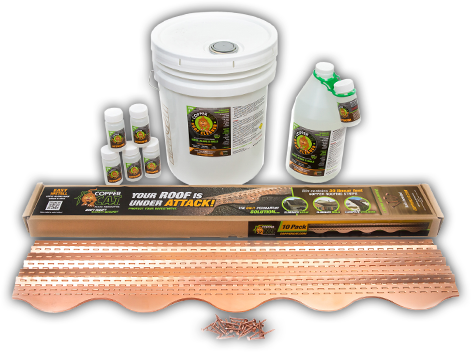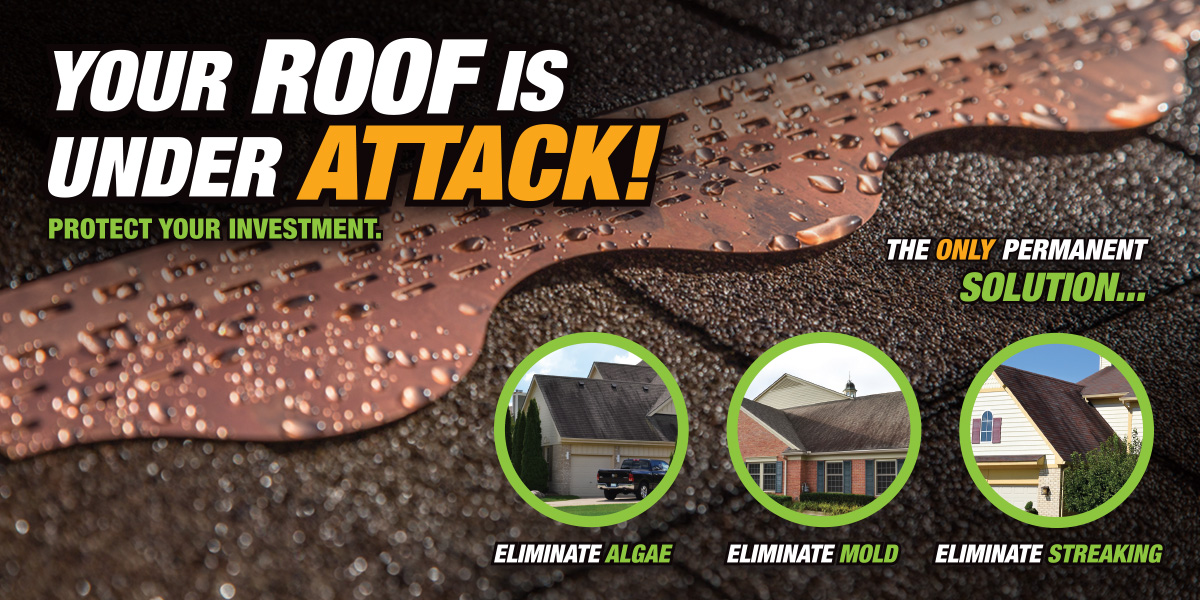Why do I need this product, when I already have a manufacturer’s warranty against algae staining?
It’s a good question, but here are some reasons you’ll want to know:
- Algae resistance provisions of asphalt roof shingle warranties are very limited in coverage and scope.
- Shingle manufacturers provide a limited, pro-rated AR, or Algae Resistant Warranty. It does not provide any warranty protection against lichens, moss, mildew, or other vegetation which could cause premature shingle failure.
- Shingle manufacturer’s warranties only cover algae that is botanically described as “Blue-Green” algae or Cyanobacteria Gloeocapsa Magma. No other algae types are covered.
- Copper Cat picks up where the manufacturer’s warranty leaves off.
I know roof algae looks terrible, but how does it harm my roof?
Algae harms your roof by slowly consuming the limestone in the asphalt shingles, ultimately weakening the shingles.
Algae produces a dark pigment on your roof. As this pigment accumulates on shingles, the roof becomes less reflective and absorbs more sunlight, which is transferred into the house as heat, raising your cooling costs.
Algae is likely only the first step of your problem. It colonizes and leads to fungus and together they form lichens, moss then follows and eventually other vegetation can develop. None of these are covered by your manufacturer’s warranty. At that point it is past time for a new roof.
Why don’t I just pressure-wash the algae off of my roof?
The Asphalt Roofing Manufacturer’s Association and all shingle manufacturers recommend not pressure washing your roof. You may see a manufacturer state, “What NOT to do! Do not power wash.” Why? High pressure washing systems are likely to damage asphalt roofing.
It may dislodge granules, which can then lead to premature shingle failure. It is also only a temporary solution and discoloration will likely occur again.
Will the copper strips keep their shiny appearance?
No, over time the copper oxidizes and eventually blends with 90% of shingle colors for a neat and clean look. The speed of oxidization will vary based on the amount of moisture and air pollution that the copper is exposed to in its environment.





